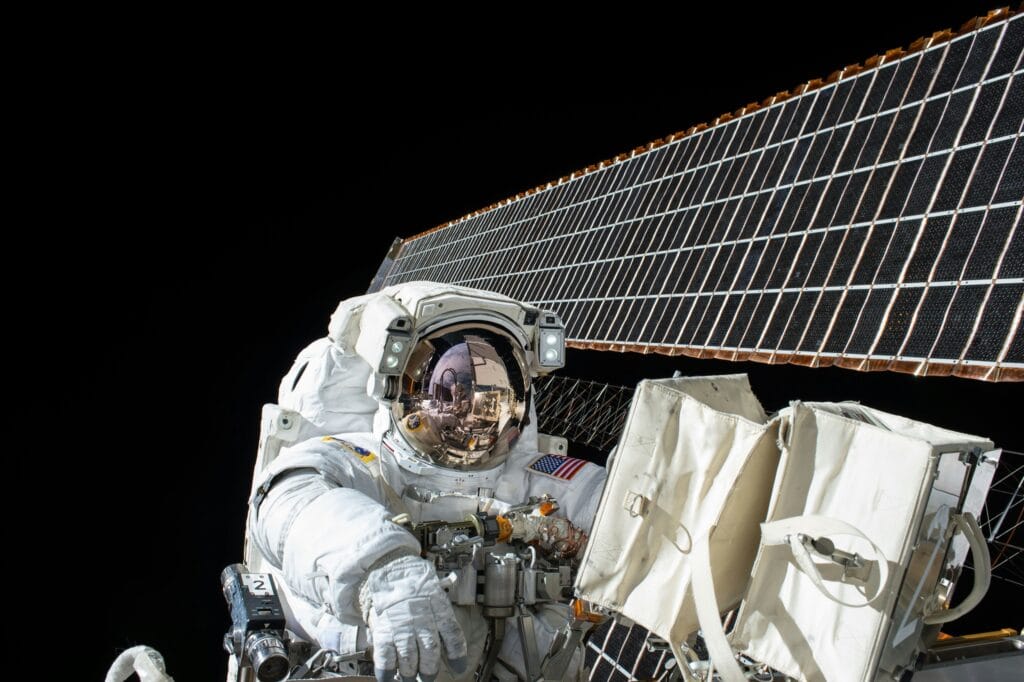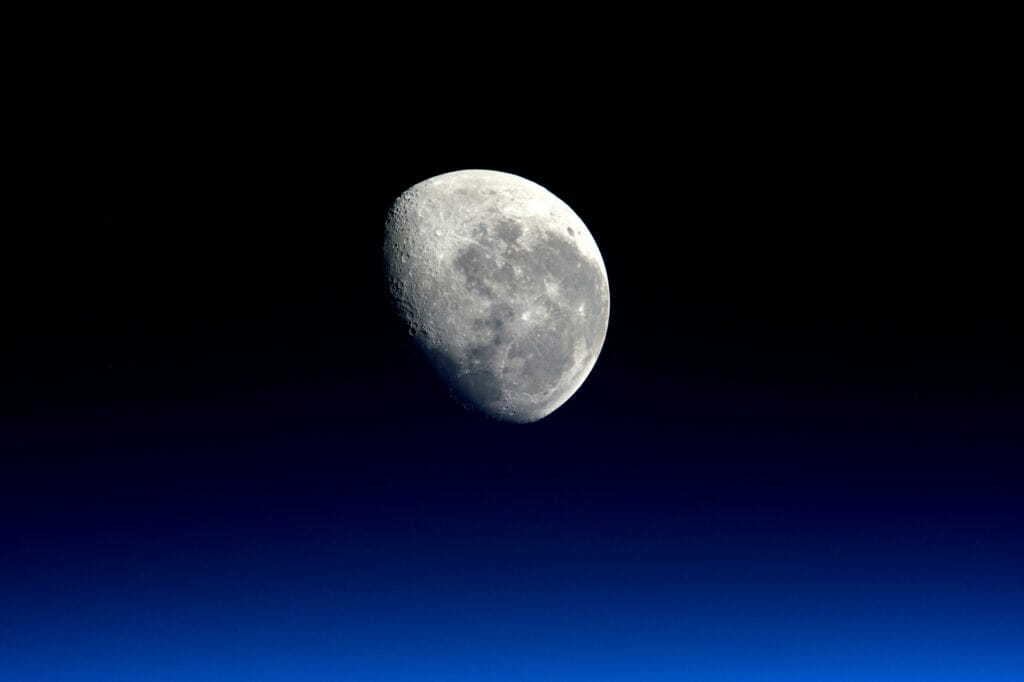Nasa’s Artemis could reach the moon next year and understanding the mission requires a trip back in time. Even further back than the Apollo missions. In fact, all the way back to Ancient Greece, and specifically, Greek mythology – you see, Artemis was Apollo’s twin sister.
And with that in mind, Artemis is not only the spiritual successor to the Apollo program, but also intertwined with it at its core.
In 2026, Artemis may well achieve what Apollo achieved before it, landing on the moon. But why should we care? After all, been there, done that, got the t-shirt – right?
Not quite, let’s explore the importance of Nasa’s Artemis mission and why it will set its own precedent for space exploration – in much the same way as Apollo did before it.
What is NASA’s Artemis Program?
To start, Artemis is not just some quick venture to the moon and back like the Apollo program. Instead, NASA is aiming for much loftier goals and is hoping to set up a semi-permanent moon base.
Aside from the International Space Station, this will be the first time humans have lived for prolonged periods of time outside of Earth’s safe atmosphere.
Once established, NASA is hoping the moon base will serve as a launching pad for further space exploration – specifically a manned trip to Mars (which is insane for many reasons but that is for another article).
Irrespective of frankly stupid dreams of colonising Mars, the Artemis program itself is a noble one and if humans were to inhabit anywhere out in space for any meaningful length of time the moon is perfect.
Artemis is Not Just About Putting Boots on the Ground
In order to secure the vast amount of funding required for such projects, NASA will also be conducting valuable scientific research during the Artemis program, including more in-depth analysis of the Moon’s south pole, and capturing high resolution digital imagery of the moon itself.
Currently, the main objective is the moon base itself and although NASA claim this is hoped to be a permanent fixture on the moon, logistically, it may be more temporary than they expect.
Secondary objectives include studying the geology of the moon and sourcing mining opportunities, something then President Trump was keen to jump on with the Artemis Accords.
Challenges NASA’s Artemis Faces – Artemis Could Reach the Moon Next Year
Manned space travel is fraught with difficulty and danger. The Apollo Program was relatively safe looking back in hindsight with only three fatalities that occurred on the Apollo 1 mission. The now infamous Apollo 13 mission could easily have contributed a further three deaths.
When you consider what Apollo achieved, and how technically difficult it was to pull off each mission, it is astounding the fatality rate is so low.
Subsequent NASA programs however have been marred with controversy, and let’s be completely honest, these missions were orders of magnitude easier than landing men on the moon.
The disasters of space shuttles’ Challenger and Columbia will undoubtedly be ripe in the mind of NASA scientists embarking on the Artemis program.
When considering the aspects of the Artemis program’s mission comparative to the Space Shuttle program’s missions, it would be extremely unlikely for Artemis to preserve the life of all of its crews.
Logistical Challenges – Artemis Could Reach Moon Next Year
Aside from the human element, Artemis also has to overcome basic logistical issues.
Ferrying useful equipment from the Earth to the moon is one aspect of this and fully envisioned in the Artemis plan.
If something untoward occurs though, launch windows to the moon are very different to those to the International Space Station (ISS). And given recent events with stranded astronauts on the ISS, it is unclear how NASA would approach such a task.
If a crew gets stranded on the moon, how would NASA react? They simply can’t afford to take the blasé attitude they did with the Apollo missions and accept the crew would be lost. Apollo was a very different time, in a very different political landscape when putting man on the moon was such an achievement, NASA would do it at all costs.
Artemis doesn’t have this luxury. In short, one fuck up and the whole program is in jeopardy. NASA would kiss the $93 billion invested goodbye. People have frankly lost appetite for risk taking space exploration after NASA stupidly sent an everyday teacher to her death.

If Artemis Works without a Hitch
It would be a milestone achievement to say the least to have humans able to live on another celestial body indefinitely.
Not quite akin to the grandiose achievement of Apollo, but important, nonetheless.
If we to ever terraform a space body, like has been suggested for Mars, the moon would be an ideal candidate, and having a team on the ground would be invaluable.
For Those Who Think the Moon Landing Was Faked
You may be reading this and still believe we have never landed on the moon. That man has yet to step foot on the moon. Artemis in that case would be a program you will be undoubtedly keen to watch as for the first time, we will have high definition footage of the moment.
Unfortunately for some even the most concrete evidence will never satisfy. The allure of conspiracy theories will always ensnare us because the truth is often far more mundane. In this respect, the moon landing conspiracy theory is an outlier, as it is far more extraordinary to have landed on the moon.
For me, there are two definitive pieces of evidence Apollo did land astronauts on the moon. The first, if you use a powerful telescope and a moon map, you can see the stuff men left behind including retroreflectors.
The most compelling evidence NASA did get men onto the moon is the fact the Soviet Union did not dispute it. In much the same way NASA applauded the Soviet Venus landings with the Venera program, the Soviet Union was congratulatory about the Apollo program.
Remember these two entities were bitter enemies, if there was even a hint the moon landing was faked, the Soviets would have jumped on the bandwagon wholeheartedly.
The Moon and Beyond – Artemis Could Reach the Moon Next Year
For any spacefaring civilisation, it will take a series of small steps to explore further out into our solar system. Artemis may be a project that in hundreds of years forms a small note in a large chronology of space exploration. Artemis is a key milestone, even if she will never outshine her brother Apollo.
We know Artemis could reach the moon next year but unlike Apollo which was one giant leap for mankind, Artemis is one small step for man in a continually expanding journey.
If you’d like to learn more about the Apollo missions, I highly recommend checking out the NASA History Official book, Apollo Expeditions to the Moon.
